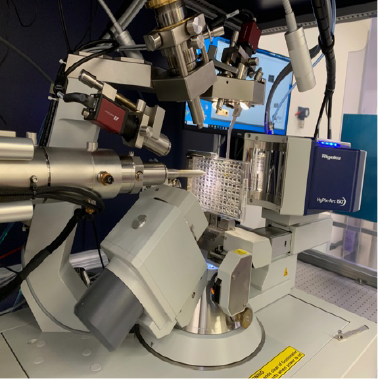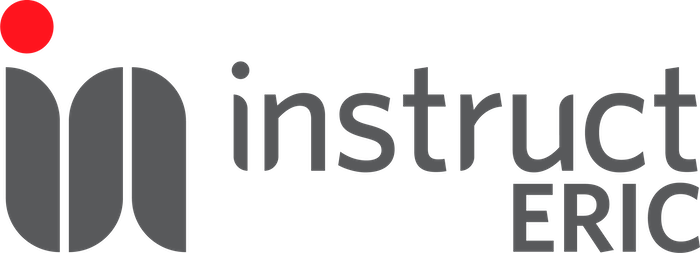Instruct-IL Annual Report Highlights and New Technologies
The Structure Proteomics Unit (SPU) at the Weizmann Institute of Science (WIS) is part of the WIS Life Sciences Core Facilities under the scientific direction of Prof. Robert Fluhr and Prof. Joel L. Sussman with the operation managed by Dr. Tamar Unger, Dr. Yoav Peleg, Dr. Shira Albeck and Dr. Orly Dym. It serves as a center for implementing all steps of the pipeline from gene to the 3D protein structure using state of the art, technologies and infrastructures. Find out more about the facility and apply to access the technology and expertise on site here.
Technological Advances
A Rigaku Liquid-metal-jet (LMJ) X-ray diffraction system was installed at the Structural Proteomics Unit (SPU) (Fig. 1). This system has had an enormous impact on structural biochemistry/biophysics at the WIS and Instruct-ERIC users. The Excillum LMJ source has high power load with a very small size focused beam which results in unprecedented specific high intensity. It thus greatly reduces X-ray data set collection time. The system can collect high-resolution X-ray diffraction data on a single protein crystal at cryogenic temperature. Another unique feature of the Rigaku LMJ system is its capacity to collect X-ray data directly from crystallisation trays at room temperature (RT). Data collection at RT can provide information on the conformational heterogeneity of a protein, and its conformation when bound to its protein partner or ligand. Very often structures determined at RT differ from those at cryogenic temperature and thus can prove to be particularly useful to relate such information to function.

Figure 1. Rigaku Liquid Metal Jet (LMJ) Synergy System with an Excillum LMJ source and Rigaku HyPix Arc 150°-pixel detector operating at the Weizmann Institute.
Israel Structural Biology Activities
Members of the Instruct-ERIC centre in Israel, i.e., the SPU, participated in the FISEB conference in February 2023 of the Societies of Experimental Biology in Eilat, Israel. Multiple sessions in this exciting meeting were dedicated to structural biology and the many disciplines it relates to. For example, “protein folding and disorder in the post AlphaFold era”, “multimolecular complexes and their dynamics” and “protein-DNA interactions” using AI tools, Cryo-EM, crystallography and MS.
